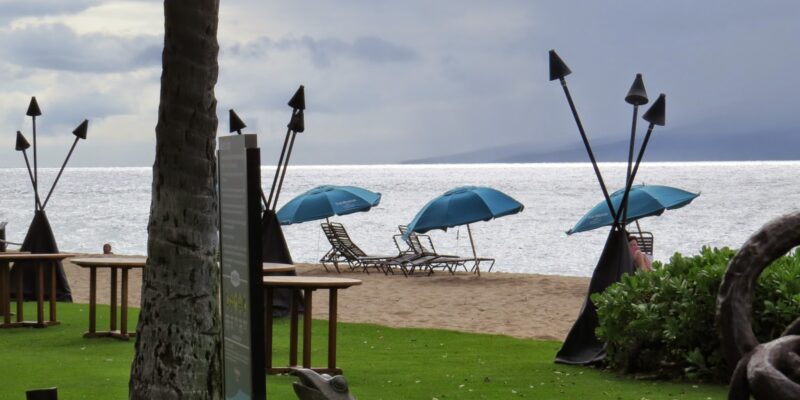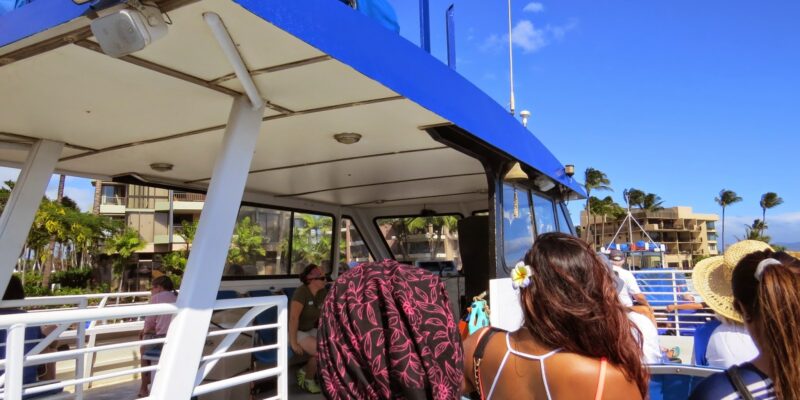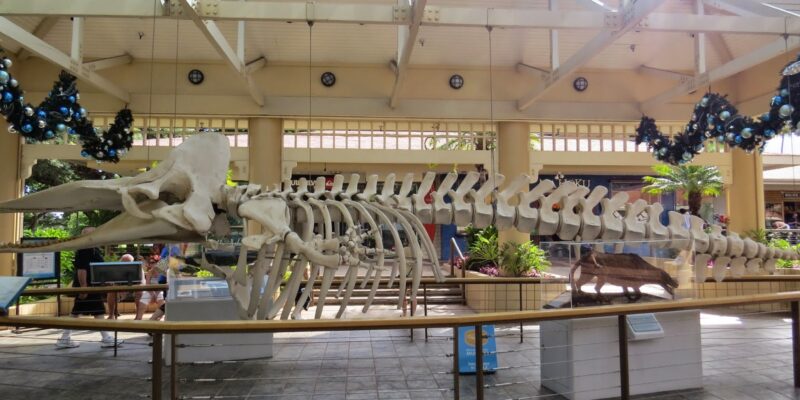
Our niece Kristi emailed us yesterday that Garage Logic posted a replay of our visit to their show in May 2022. If you haven’t had an opportunity to see and listen to this podcast, please click the above red GL link. Once you land on their page, click the arrow at “Listen Now” on the right side of the page. You will be able to listen to the podcast.
We were both still recovering from Covid-19, and it’s evident in our voices. We’d tested negative for and felt comfortable being on the show, although we still felt under the weather. As it turned out, it took months for us to recover while I suffered with long Covid for another 18 months.
At that time, we’d been traveling for ten years, and recently, on October 31, 2024, we celebrated 12 years since we left Minnesotan to begin our journey. Wow! It’s even harder for us to believe we’ve been living this lifestyle for so long.
Tom replayed the podcast this morning, and we chuckled over our responses. We were excited to share it with their over 2 million listeners worldwide. Much to our delight, the show has had quite an impact on our readership. The guys on the show, mainly Joe Soucheray, mention us and our website address every day (five days a week) when Tom continues to submit “This Year in Minnesota History” the night before each broadcast.
We’ve been offered other opportunities to appear on shows and podcasts, but this hasn’t necessarily worked out based on our location at any given time. Nor are we interested in “celebrity status,” As much and as detailed as we share our lives, our worldwide readership fulfills all of our needs in that area.
We never intended posting our stories and photos to feel like a “job.” We love the simplicity of only having to write a new post most days and taking photos when we are in an area with photo ops.
I saw Louise’s Facebook post this morning with a video of our beloved nyalas in their garden: Norman, Nina, and the family. My heart flip-flopped in my chest with sheer joy. I can only hope they will continue roaming the exact location of our upcoming holiday home, which is only a few doors away from Louise and Danie.
We’ll be there in 93 days. It can’t come soon enough. Sure, the journey to get there is daunting, especially with my awful memories of having Afib for 12 hours on a flight from Johannesburg to Atlanta. I don’t have any Afib symptoms now, but that bad memory lingers in my mind from the last time we crossed the Atlantic on a 16-hour flight.
But it will be different now with my newfound improved health and improved level of fitness. By the time we leave for South Africa, after continuing my workout routine for the next three months, I should feel fit and optimistic when we board the long flight again. The total time from airport to airport is over 30 hours, which is a long time to go without sleep since neither of us can sleep on the plane other than occasionally nodding off.
Nonetheless, we are excited about leaving here two weeks from today and then leaving the country again for more international travel.
Have a lovely weekend!
Be well.
Photo from ten years ago today, November 30, 2014:
|
|
































